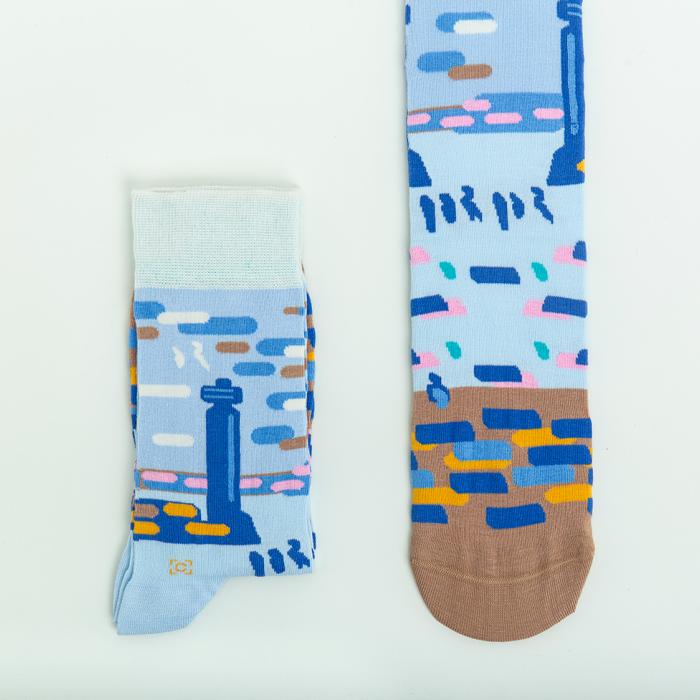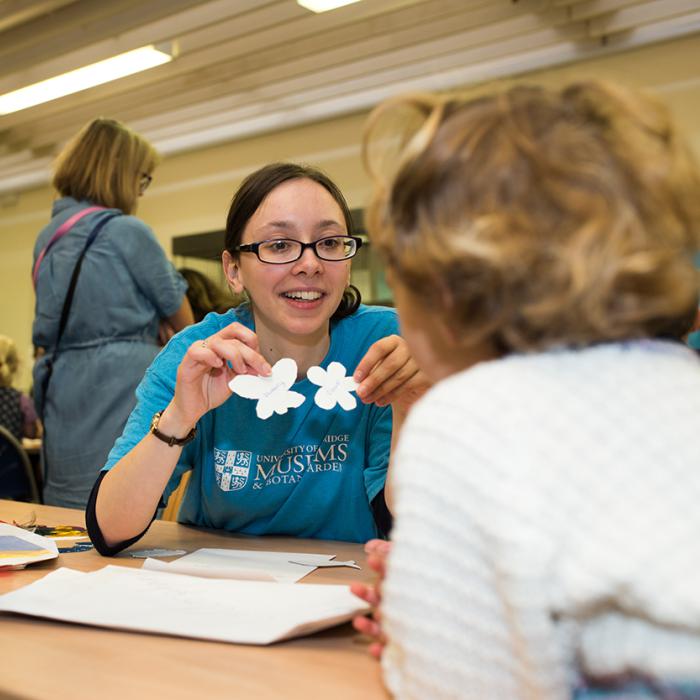Programme
Franz Schubert, Viola, D786
Gustav Mahler, Rückert-Lieder
Spanish songs by Enrique Granados, Joaquín Turina, Jesús Guridi and Joaquín Rodrigo
Doors open at 7.30pm.
Programme
Haydn, String Quartet in B flat major, Op.50 No.1
Shostakovich, String Quartet No.13
Smetana, String Quartet No.1, ‘From my life’
In honour of our beautiful Jacobean building, originally Cambridge’s Free School, we’re exploring everything 17th-century, from historic scientific instruments to the secrets of our building. We’re open all day with family activities, curator talks and behind-the-scenes tours. Forsooth, gentles, it will be a merry meeting!
Programme :
The subscription ticket gives you entry to all fifteen Chamber Music concerts over the year, saving up to £135. Subscription tickets will be available to collect at the first concert that you attend.
Ever fancied sketching among telescopes, globes, and centuries-old scientific instruments? Step into Cambridge University's home for the history of science for a relaxed and creative evening.
This is the third Whipple Scribble session. Whether you're a seasoned artist or simply curious to try something new, all abilities are welcome. It's free to join, open to all, and a great way to connect with fellow creatives in the Cambridge area.
What is an orrery? Why is the clock chiming 13? Why would you collect and display a set of plaster horses’ teeth, some green spectacles and several hundred pocket calculators?
Join us for a tour of the Whipple’s collection in 10 objects, featuring spectacular instruments, fascinating scientific stories, and links to some of Cambridge’s most famous names.
What is an orrery? Why is the clock chiming 13? Why would you collect and display a set of plaster horses’ teeth, some green spectacles and several hundred pocket calculators?
Join us for a tour of the Whipple’s collection in 10 objects, featuring spectacular instruments, fascinating scientific stories, and links to some of Cambridge’s most famous names.
Giant deer, fossil fish teeth, the rocks that built Cambridge... just some of the specimens on display that our staff can't wait to discuss with you. Beware, their enthusiasm is infectious!
Ages 12+, drop into our shop to reserve your free place on the tour.
Giant deer, fossil fish teeth, the rocks that built Cambridge... just some of the specimens on display that our staff can't wait to discuss with you. Beware, their enthusiasm is infectious!
Ages 12+, drop into our shop to reserve your free place on the tour.
Giant deer, fossil fish teeth, the rocks that built Cambridge... just some of the specimens on display that our staff can't wait to discuss with you. Beware, their enthusiasm is infectious!
Ages 12+, drop into our shop to reserve your free place on the tour.

